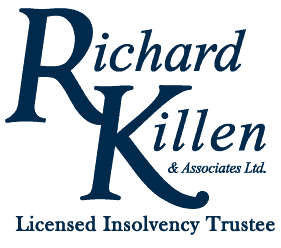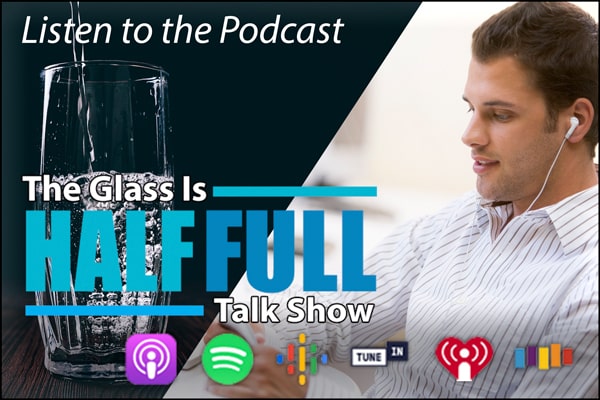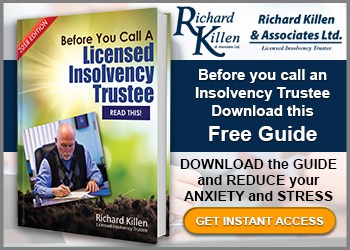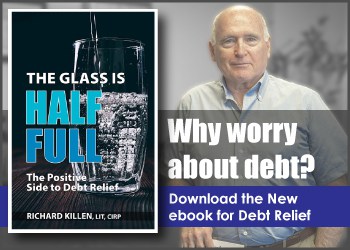Understanding our cashflow is the key to managing our debt
Posted on: December 14, 2018Posted in Budgeting, Finances | Comments Off on Understanding our cashflow is the key to managing our debt

The new year is around the corner, so have you given any thought to the potential financial hangover you may wake up to in early January? Perhaps you spent too much, even though you created a holiday budget. If you think you might have spent more than you planned, here are some helpful tips to get you back on track before the next big holiday.
Assess how you spend money
Are you an emotional spender who needs to spend all the time? Or are you a careless spender, who doesn’t know or care where your money goes? Perhaps you’re somewhere in the middle. Identifying your spending style and taking positive steps to make a change will put you on the right financial path in the coming year.
Watch where your money goes — Understanding your cash flow
Do you have a personal and/or family budget? If yes, then go through it very carefully. You may be able to find extra money by cutting expenses in less important categories. Calculating your monthly income and expenses — your cash flow — is relatively simple. Simply add up all your income from all sources and the amount of expenses you usually have each month. If you have properly listed all your expenses, including things that aren’t paid out on a monthly basis like car insurance premiums, utilities and other bills, then you’ll have a good idea if you have the money to take on another monthly payment.
Here’s an example of the lists you may have:
Monthly net income.
- Take-home pay
- Bonuses
- Pension
- Dividends
- Social security
- Child support and alimony
- Any other main sources of income in our household
Monthly debt expenses:
- Monthly mortgage or rent payment
- Monthly alimony or child support payments
- Student loan payments
- Car loan payments
- Credit card minimum monthly payments
- Monthly payments for personal loans or any co-signed loans
- Monthly payments for real estate taxes and for homeowner’s insurance (only if they are held in escrow)
- Income Tax Remittance if self-employed
- Note: Do not include monthly expenses for groceries, utilities, gas.
Next, divide your total debt payments by your total income and multiply by 100 to get a percentage result. This is your debt-to-income ratio. Now, you’ll have a comparative percentage to help you understand how much of your income is used up paying monthly debt payments. If your ratio is 35% or less, you’re managing your debt well. If your income turns out to be equal to or less than our monthly expenses, then you’d better postpone or cancel taking on new debt. If it’s between 36% to 49%, you’re managing your debt to an acceptable extent, but your finances may not be able to handle unforeseen expenses. If you’re looking to borrow money, lenders may ask us for additional security to make their final decision. If your ratio is 50% and above, you’re at a critical level; you simply have too much debt. If you fall within either of these last two ratio levels, you should seek professional advice before things go too far. Keep in mind that you are not alone as many Canadians carry debt at 50% to 80% of their monthly income. It’s only after they realize that they no longer can meet the payments, that they’ve borrowed too much.
Pay off the debt and start saving
You’ve done the math and maybe things don’t look too bad. You are practically convinced that you can do this. But if you get away from the numbers a bit and reflect on a few other aspects of your situation, you may reconsider taking on additional debt:
- The reasons for taking on the new debt — the good reasons and the not-so- good reasons;
- What the benefits will be from doing so;
- What effect will this new liability have on other members of your household;
- What other costs will arise from the deal, such as the cost of lost future opportunities because of the need to service this new debt;
- The psychological costs to both yourself and others that stem from the existence of the debt and payment burden it creates;
- And whatever other personal, perhaps non-financial effect all this will impose on us and our family.
Based on your answers, you may decide it’s better to use the cash flow wiggle room you identified in your budget and apply it to pay off your current debts and start a savings program. Remember that it’s possible to change bad financial habits. It’s just requires you to make a concerted effort to simplify your life. By changing your consumer mindset now, you’ll find that you’ve made yourself richer. One way to make the change is by making spending harder. For example:
- Set up a pre-authorized payment program every payday to force yourself to save and pay down your debt.
- Limit your ATM withdrawals and bank fees. Plan your spending and always use cash. You may want to consider leaving your debit card at home, too.
- Put your plan in place. The key to financial success is self-discipline. Keep your eye on your goal. It may hurt at first but after a while your program will feel very natural.
The message here is not to encourage anyone to go into additional debt, but rather to tread carefully if that’s the direction you’re headed and avoid debt situations like bankruptcy in Toronto. If you allow yourself to get too comfortable, you may very subtly, perhaps without realizing it, be giving yourself permission to keep piling it on, which will eventually prevent you from reaching your goal of living debt-free. Remember, going into debt is a choice. At the end of the day, the numbers show that a well-researched, unemotional and honest analysis of your financial situation will pay far greater and better dividends to you than all the fancy baubles that you buy.










